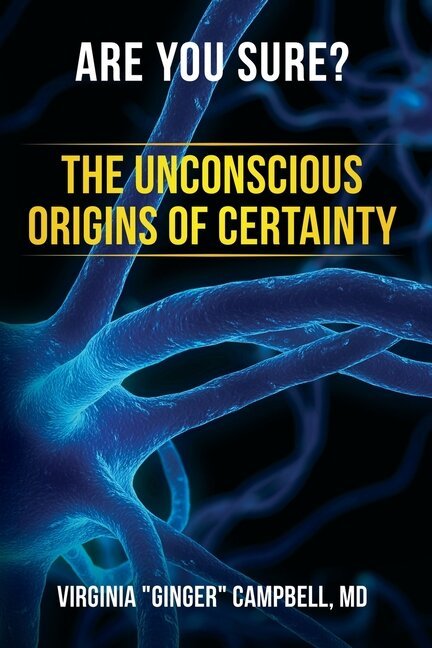Retrospective: How Emotions are Made (BS 133)
/I interviewed Lisa Feldman Barrett, author of How Emotions Are Made for BS 135 (July, 2017). At the time her ideas seemed controversial since she challenged longstanding assumptions about the existence of innate emotions. Many longtime listeners were disheartened by her rejection of the ideas of Jaak Panksepp, who was a pioneer of Affective Neuroscience. I felt her arguments were compelling, but I also did not feel they undermined the importance of Panksepp’s work.
Although Barrett’s position continues to be challenged by people like Mark Solms (BS?), the overall trend seems to favor her viewpoint. The social aspect of Emotion is very important to understanding some of the origins of cross cultural conflicts. We discussed this in BS 199 with Batja Mesquita, author of Between Us: How Cultures Create Emotions.
Another reason why I find Barrett’s position compelling is that it is consistent with other discoveries in neuroscience such as the realization that Emotion and Cognition are deeply intertwined at every level of the brain. We first discussed this with Luis Pessoa back in 2010 (replayed as BS 207) but we revisited these important ideas in BS 209 where we discussed his latest book The Entangled Brain: How Perception, Cognition, and Emotion Are Woven Together.
After you listen to this interview be sure to read How Emotions are Made for yourself so you can evaluate all the evidence that Barrett has compiled. Visit her website to learn more.




















